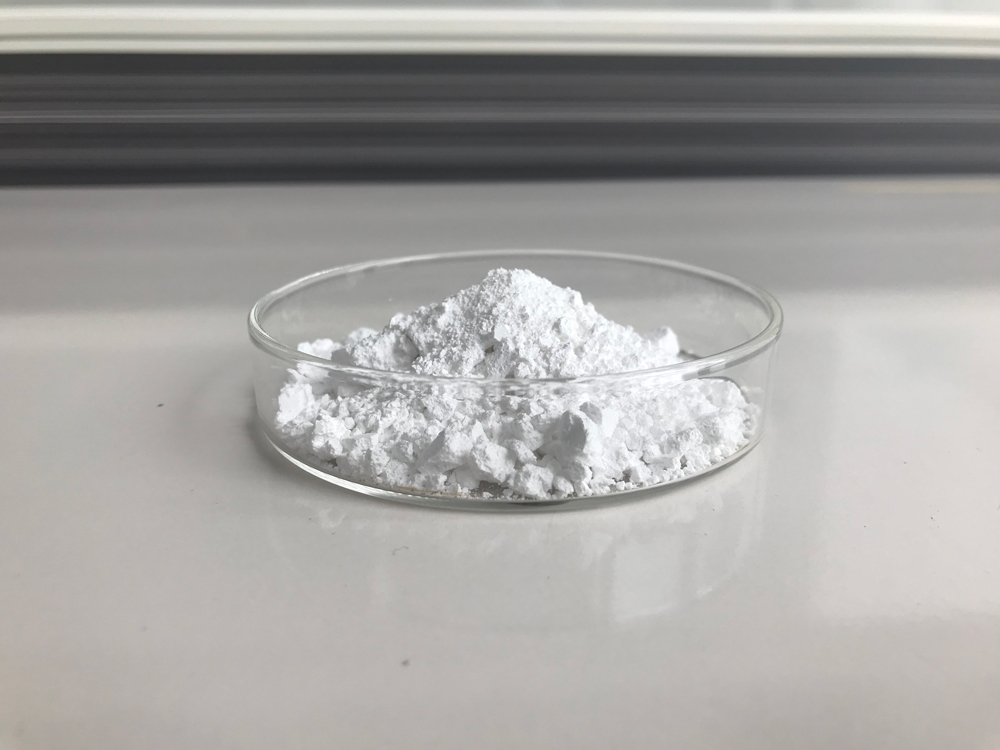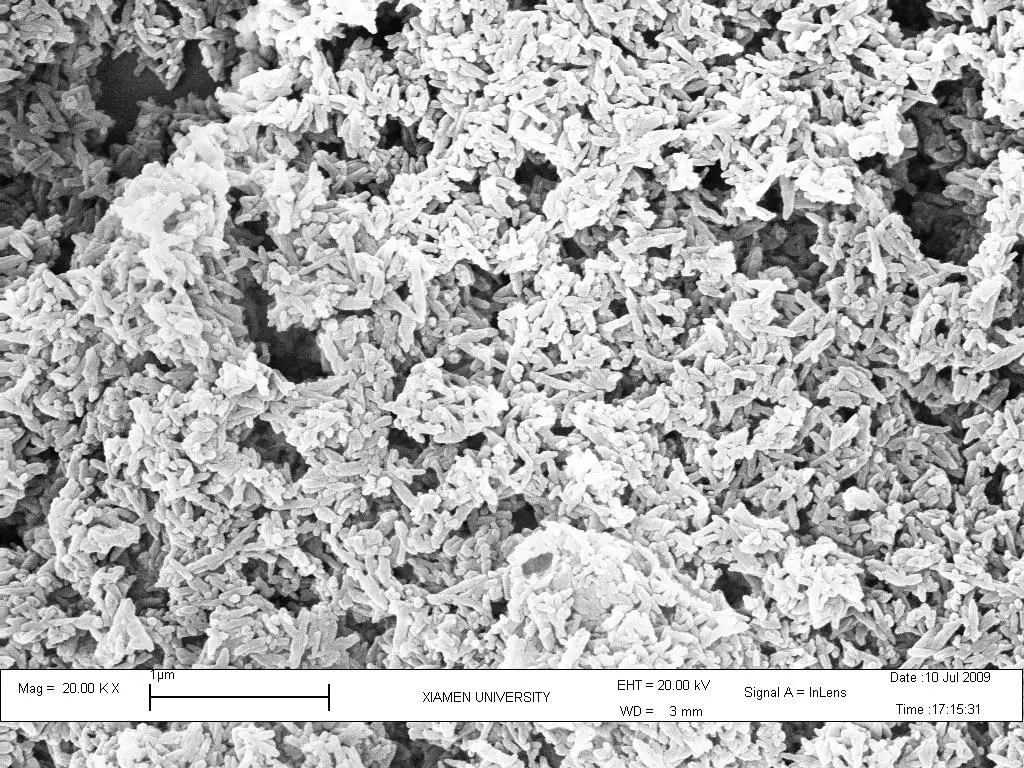Hydroxyapatite is a naturally occurring mineral form of calcium apatite, and it is the main component of tooth enamel and bone. While it is primarily known for its use in dentistry and orthopedics, there has been interest in its application in various fields. Here are some considerations regarding its efficacy, side effects, and special considerations:
Dental Applications of Hydroxyapatite:
Efficacy: Hydroxyapatite is commonly used in dental products such as toothpaste and mouthwash. It is believed to help remineralize tooth enamel and reduce tooth sensitivity.
Side Effects: Hydroxyapatite is generally considered safe for dental use with minimal side effects. It is biocompatible and mimics the natural structure of teeth.
Special Considerations: Some studies suggest that hydroxyapatite nanoparticles may have antibacterial properties, which could be beneficial in preventing dental caries.

Orthopedic Applications of Hydroxyapatite:
Efficacy: Hydroxyapatite coatings are often applied to orthopedic implants to improve their osseointegration. This can enhance the bond between the implant and the surrounding bone.
Side Effects: While hydroxyapatite coatings are generally well-tolerated, there may be rare cases of allergic reactions or implant-related issues.
Special Considerations: The use of hydroxyapatite in orthopedics is subject to ongoing research, and its long-term efficacy is an area of study.
Medical Imaging of Hydroxyapatite:
Efficacy: Hydroxyapatite nanoparticles have been investigated for use in medical imaging, such as contrast agents in computed tomography (CT) scans.
Side Effects: Safety considerations for medical imaging applications may include potential toxicity of nanoparticles, which is an active area of research.
Special Considerations: The use of hydroxyapatite in medical imaging is still in the experimental stage, and more research is needed to determine its clinical utility.

Drug Delivery of Hydroxyapatite:
Efficacy: Hydroxyapatite nanoparticles have been explored for drug delivery systems due to their biocompatibility and ability to encapsulate and release therapeutic agents.
Side Effects: Safety concerns may include the potential for unintended drug interactions or toxicity associated with the nanoparticles.
Special Considerations: Research in the field of hydroxyapatite-based drug delivery is ongoing, and regulatory considerations will be important for future applications.
It’s important to note that while hydroxyapatite has shown promise in various applications, further research and clinical trials are needed to establish its safety and efficacy in specific contexts. Individuals should consult with healthcare professionals for personalized advice and recommendations based on their unique health conditions.
